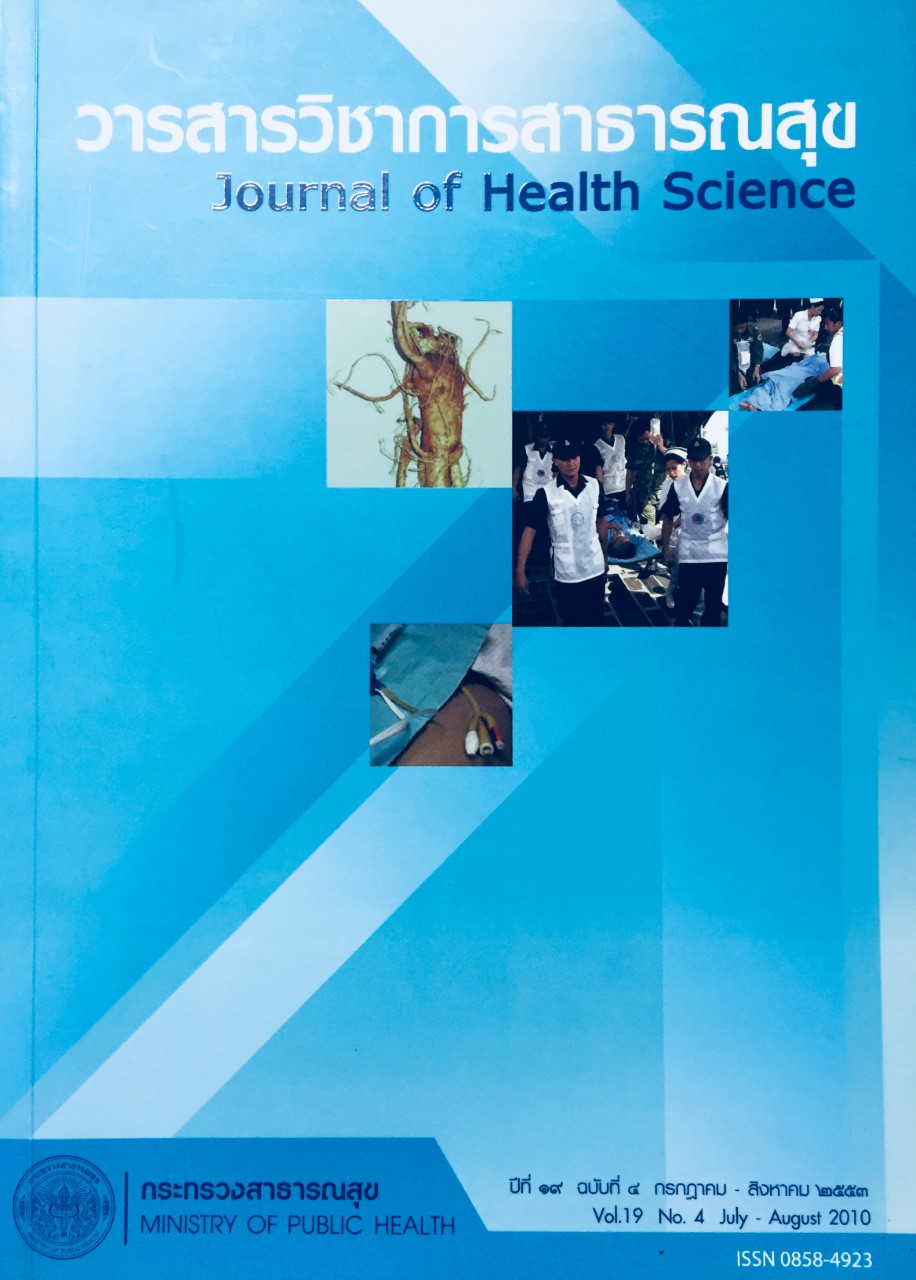Energy Conservation in Lerdsin Hospital
Keywords:
energy conservation, air condition, chiller unitsAbstract
Hospitals have been one of the biggest energy consumers in the category of commercial buildings. The cost of energy had rapidly increased to 80.95 percent in 2005 since the opening of the new building “Karnchanapisek” in 2003. Investigation for the reason of energy consumption and its countermeasures were necessary. The report presented how to reduce electrical energy consumption in the hospital by monitoring electrical use and investigated simple conservation methods. There were five buildings in the hospital. Karnchanapisek building accounted for approximately 50 percent of the total floor space. Three sets of data logger, the Energy Management System (EMS) were installed to monitor total and site specific electricity consumptions in each building. Among air conditioning, lighting, elevator and other systems, chiller unit for air conditioning in the new building was the largest electricity consumption item. Demonstration test run for energy conservation of chiller units was performed in March 2005 by increasing the chilled water leaving temperature, decreasing the cooling water temperature and minimizing the number of operating pumps. Results of the monitoring showed that cost ratio of electricity, fuel oil and liquefied petroleum gas against total energy cost were 87 percent, 12 percent, and 1 percent respectively. The new building consumed more than 50 percent of the total electricity in the hospital. In the running test, a maximum 28 percent of electricity consumption by chiller units could be conserved. Cost saving of more than 1,000,000 baht / year was reportedly achieved. The test process for energy conservation described in this study is simple and quite cost effective.
Downloads
Downloads
Published
How to Cite
Issue
Section
License
Copyright (c) 2018 Journal of Health Science

This work is licensed under a Creative Commons Attribution-NonCommercial-NoDerivatives 4.0 International License.



